Rose Swan Lake
Swan Lake is a rose variety belonging to the Large-Flowered Climber class. Bred in Ireland in 1968. By Samuel Darragh McGredy IV. Cross between ‘Memoriam’ and ‘Heidelberg’. Harmoniously combines the noble color of flowers and the properties of climbing roses. This variety is popular in Northern Europe due to the resistance of the flowers to bad weather conditions.
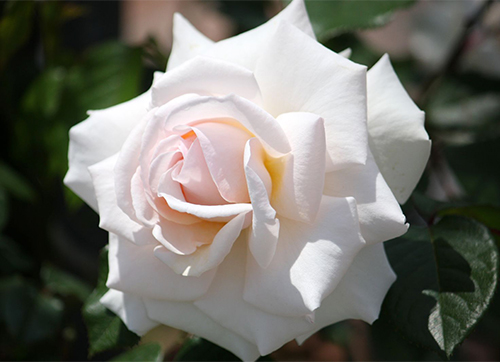
Synonymous names: 'Schwanensee', 'Swan Lake', 'Swan Lake', 'Schwanensee', 'Schwanensee'.
The plant is vigorous, erect, spreading, reaches a height of 180 - 365 cm, a width of 185 cm. Shoots are upright, strong, prickly. Semi-glossy, rounded, dark green leaves.
The flowers are white, double, with a diameter of 7 - 9 cm, contain 40 - 50 petals twisted outward. In the half-release, they acquire a creamy pinkish tint in the center. The shape of roses changes during flowering from a conical bud to a cupped one. Flowers grow one at a time or in loose inflorescences of 4 buds. They have a light pleasant aroma.
Resistance to powdery mildew is good, but weak to black spot.
USDA frost resistance zone: 6b (up to minus 20 ° C).
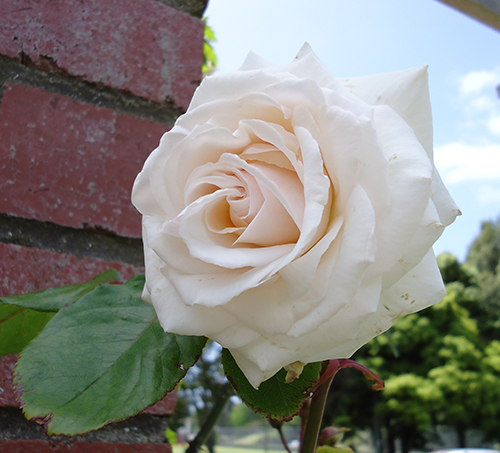
Swan Lake rose is recommended to be planted in open sunny areas, where there are no drafts and north winds. Plants prefer moist, well-drained, slightly acidic (pH 5.5 - 6.5) soils.
Among the main measures for caring for roses, one can single out: sanitary pruning in spring, installation of supports and a garter, periodic application of fertilizing, moderate watering, removal of wilted flowers, preparation of plants for winter. Roses should be watered in the root zone, try not to get on the leaves and buds, as this can cause the development of serious diseases. In order for the plant to take root successfully, it is recommended to buy seedlings with a well-developed root system.
Under unfavorable weather conditions and strong thickening of the plantings, this rose is easily affected by black spot, in this regard, regular preventive spraying of the bushes with antifungal drugs is necessary (for example, Topaz, Fitosporin, Fundazol

Advantages of the variety: good bush growth, delicate color, luxurious flowering, unpretentiousness, easily cuttings.
Disadvantages: thorny shoots, susceptibility to black spot.
Swan Lake is a delicate and delightful rose that, according to the reviews of many gardeners, is very attractive in the half-release stage. But even in a state of complete dissolution, when the bud turns into a huge snow-white flower, reminiscent of the spreading wings of a swan, it is also very attractive. Shoots are easily guided along the support, so Swann Lake is well suited for arbors, obelisks, pergolas and arches. 'Flammentanz', 'William Shakespeare 2000', 'Golden showers' and 'Special Occasion' are fantastic companions for this rose. And also it can be planted with delicate varieties with cream shades (‘Penny Lane’, ‘Ilse Krohn Superior’) and a noble white color (‘White Swan’, ‘Elfe ').
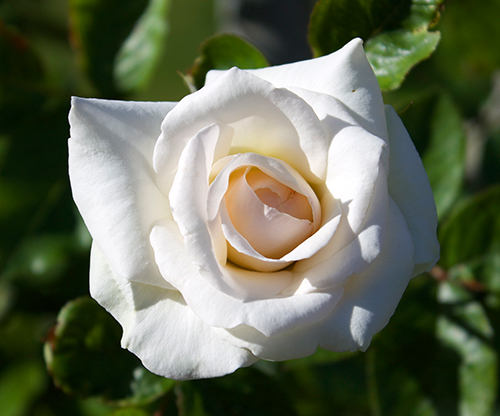
Swan Lake Variety Rewards:
1999 - Climber (ARS). Columbus Rose Society Show.
1999 - Climber (ARS). Monterey Bay Rose Society Show.

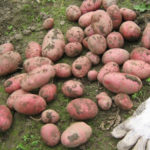
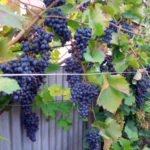
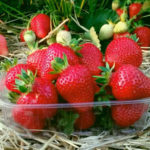
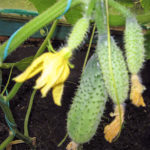
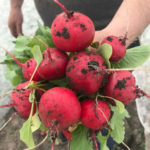



Swan Lake did not live up to expectations. Although the flower is refined in shape, with a broken swan wing at the white lower petals. And with the middle of pinkish elegant tenderness. But in a vase it stands for a long time as a written beauty, and flies around the bushes, not lasting even 5 days. Although it is watered quite generously. And for such a huge bush that has grown up to 2.5 m in its second season, there are very few flowers. And by the fall, there are few leaves, because they are covered with black spot, redden and fall off. True, I found the medicine for Swan Lake. I feed potassium regularly, and it increases the immunity of this rose. And before wintering, I cut off all the leaves, giving no chance to pathogens.
I will not say that I am very delighted with this rose, although I like flowers of such delicate colors. I have been growing for four years now, but to get a good flowering, you need to work hard. The main problem, in my opinion, is the instability to disease, because the summer in our area is often cool and damp. Every summer I am flying from some misfortune! Either aphid or black spot. I feed with yeast wiring in the spring, she likes it, it immediately gives a good increase. It is problematic to cover this rose for the winter because of the long thorny shoots, and you need to cover carefully - it freezes very much, and in the spring you have to cut off the damaged shoots. Perhaps I chose the wrong place for her in the garden - not the sunniest, but I am already afraid to replant. The advantages of this rose are fast growing, powerful shoots. I have it growing near the fence, the branches bend over the fence into the street, and during the flowering time it pleases not only my eye, but also all passers-by.